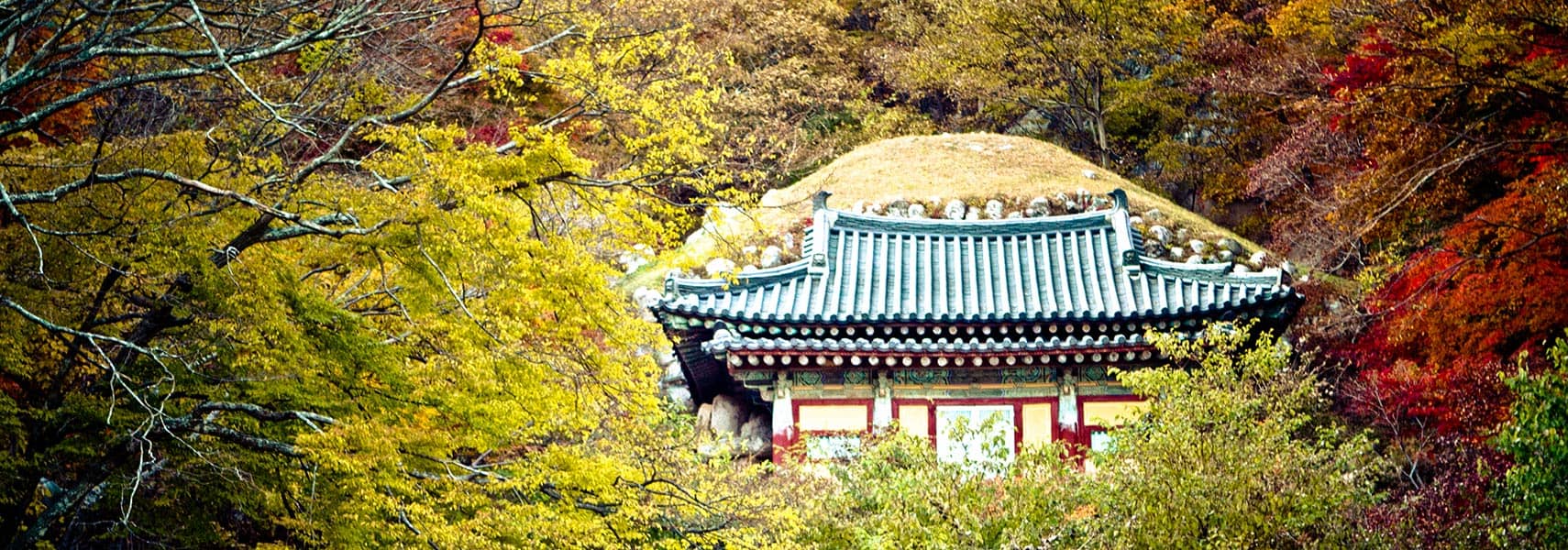Korea, Republic of (South Korea): A Dynamic Nation in Eastern Asia
When it comes to Eastern Asia, Korea, Republic of (South Korea) stands out with its rich history and vibrant culture. This fascinating country occupies the southern portion of the Korean peninsula, strategically nestled between the East Sea, also known as the Sea of Japan, to the east, the Yellow Sea to the west, and the Korea Strait, which serves as a maritime link between South Korea and Japan to the south. Northerly, it shares a land border with North Korea, while also having maritime boundaries with notable countries such as China and Japan.
Geographical Overview of Korea, Republic of (South Korea)
Covering an area of 99,678 km², Korea, Republic of (South Korea) is nearly equivalent to Iceland in size, though it is slightly smaller than the U.S. state of Pennsylvania. This compact country fosters a diverse variety of landscapes, marked by partially forested mountain ranges that create deep, narrow valleys. Situated along the coast, the fertile plains extend particularly in the west and south, making these regions vital to agriculture and habitation.
Natural Features
Among the highlights of South Korea's geography lies Hallasan, the tallest mountain situated on Jeju Island, rising to an impressive height of 1,950 meters. The country's topography reveals a unique blend of mountainous areas and flat lands. Furthermore, the varying elevations contribute to the climate and ecological diversity found throughout the nation.
Climate and Weather Conditions
Characterized by a temperate climate, Korea, Republic of (South Korea) experiences four distinct seasons each year, with a notable increase in rainfall during the summer months. This climatic variety plays an essential role in agriculture, contributing to the rich yield of crops and the overall lifestyle of its inhabitants.
Demographics and Culture of Korea, Republic of (South Korea)
As of 2024, South Korea boasts a vibrant population totaling approximately 51.7 million residents. The nation is home to a diverse mix of ethnicities, predominantly Korean, but also includes a small Chinese minority. The culture is deeply intertwined with traditions that define the identity of its people, including various religious beliefs.
Religious Landscape
The religious affiliations of South Koreans include Buddhism, which comprises about 46%, followed closely by Protestantism at 39%, and Catholicism at 13%. Additionally, Confucianism has an influence, encompassing about 1% of the populace, alongside Cheondogyo, also at 1%, and other belief systems.
Linguistic Heritage
The official language, Korean, serves as a linguistic bridge for approximately 70 million speakers globally, including an estimated 5 million living abroad. The writing system, Hangeul, was conceived by King Sejong the Great in 1443, consisting of 10 vowels and 14 consonants. This unique alphabet enhances communication and fosters literacy, which, as of 2000, stands impressively at 97.75%.
Significant Economic Aspects
In terms of economy, Korea, Republic of (South Korea) has witnessed substantial growth, leading to a Real GDP per capita of around $50,600 as of 2023. Notably, the country's economic structure incorporates various sectors, including technology, manufacturing, and agriculture.
Agricultural Production
In agriculture, the nation produces rice, root crops, and vegetables, along with livestock like cattle, pigs, and poultry. The diverse agricultural base serves as a cornerstone of food security and sustains the local communities.
Industrial Advancements
South Korea has established a strong industrial framework, excelling in the fields of electronics, telecommunications, and automobile production. Major exports include semiconductors, petrochemicals, and ships, while key trading partners comprise China, the USA, and Vietnam, among others.
Trade Dynamics
In 2022, China accounted for approximately 21% of South Korea's exports, with the United States following at 16%. The steady demand for South Korean products in these markets underscores the country's robust economic standing.
Challenges and Opportunities
While South Korea enjoys a high standard of living, challenges remain, particularly regarding corruption. The country is ranked 33rd in the Corruption Perceptions Index of 2020, reflecting ongoing efforts to enhance transparency and governance.
Natural Resources
Though limited in natural resources, South Korea produces essential commodities such as coal, tungsten, and iron ore, which feed into its industrial machinery. Despite these limitations, the country continues to thrive, leveraging technology and innovation to propel its economy forward.
Conclusion: A Nation on the Rise
Korea, Republic of (South Korea) reflects a unique blend of tradition and progress. As the country embraces modernity, it also cherishes its cultural roots. With a dynamic population, solid economic structures, and an enviable geographical position, South Korea stands as a testament to resilience and innovation.
Largest cities of: Korea, Republic of (South Korea)
| City Name | Population | Year of foundation | |
| Seoul | 9,776,000 | 1394 | |
| Busan | 3,426,000 | 1392 | |
| Incheon | 2,946,000 | 1883 | |
| Daegu | 2,426,000 | 757 | |
| Daejeon | 1,516,000 | 1893 | |
| Gwangju | 1,515,000 | 1391 | |
| Suwon | 1,234,000 | 1396 | |
| Ulsan | 1,167,000 | B 1000 |


